The Bible is the most amazing collection of 66 books that were written over a period of about two thousand years by about 40 different authors. However, it is amazingly woven together in its message of God’s love for us.
However, one thing is fairly common even to Christian believers who regularly attend church and read their Bibles. Because of how the whole Bible is laid out into various parts and sections, it’s not in chronological order for the most part.
Sometimes, for the average person, it may be difficult to understand the timeline of events, and how the details of the text interconnect.
That’s where reading the Bible in chronological order comes in. In this post, we will discuss why it can be helpful and really interesting to read the Bible chronologically at times. then we will offer some resources that will help you do just that.
What Goes Where and When Did That Happen?
When you begin reading the first few books of the Old Testament then you’re going fairly well chronologically, but a large part of the Bible isn’t that way.
We believe that the Bible is the inspired word of God. However, if the Bible had been a single book written by a single author then perhaps it would have been written in chronological order.
The order of the books in some parts of the Bible can seem quite random for those who are beginning to read the Bible, and for those who may have been reading the Bible for years.
The Bible is an absolutely wonderful tapestry of different types of books. Although much of the time they are not in chronological order, they have very specific groupings and categories that have been passed down through many centuries.
The books of the Bible are arranged by type or genre rather than the order in which they were written or the events that occurred. It’s quite helpful to understand the type or genre in which a particular book is arranged in order to more thoroughly understand it.
It does help to understand that when you’re reading a regular Bible of almost any translation you are not ordinarily reading the Bible in chronological order.
We do believe, however, that Bible has been protected from error and that the content of the Bible we have today is true to what was originally written.
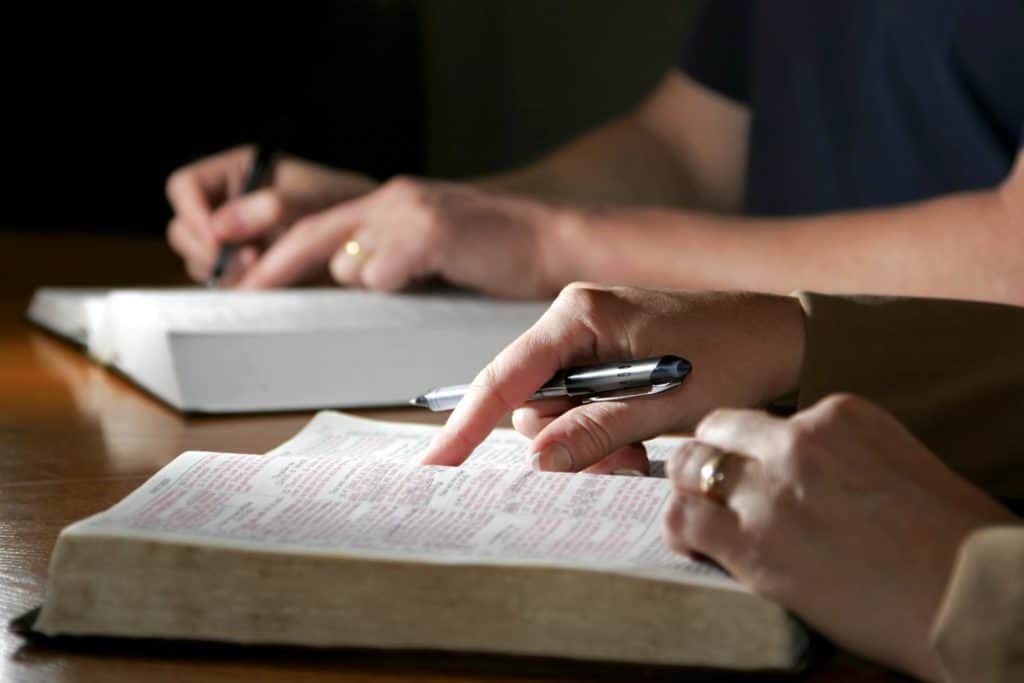
- Hardcover Book
- English (Publication Language)
- 2220 Pages – 10/01/2012 (Publication Date) – Tyndale House Publishers (Publisher)
How Is the Bible Arranged?
The Bible is arranged into some definite sections. Some categorize them into more sub-sections than we will show here. Even though we were going to talk about the benefits of reading the Bible chronologically from time to time, let’s first look at the way that the protestant Bible is normally arranged.
| Sections | Topic | Books |
|---|---|---|
| Section 1 | The Law | Genesis – Deuteronomy |
| Section 2 | History | Joshua- Esther |
| Section 3 | Poetry | Job – Song of Solomon |
| Section 4 | Prophecy | Isaiah – Malachi |
| Section 5 | Gospels | Matthew – John |
| Section 6 | History of Church | Acts |
| Section 7 | Letters (epistles) | Romans – Jude |
| Section 8 | Prophecy | Book of Revelation |
The Old Testament
As mentioned, in the first few books of the Old Testament, it appears that the Bible does read quite chronologically.
The first 5 books of the Bible, Genesis through Deuteronomy, are what is known as “The Law,” the Hebrew “Torah” given to Israel. It is also sometimes known and referred to as the “Pentateuch.”
Next, you have the 12 books from Joshua through Esther which are labeled as the books of “History.”
Then we have 5 books beginning with the book of Job through the Song Of Solomon. Those are put into the “Poetry” category.
The Old Testament then goes into Isaiah through Malachi, the 17 books of “Prophecy.” Much of the time the first 5 of these, Isaiah through Daniel are taught as the Major Prophets while the 12 books, Hosea through Malachi, are considered minor prophets.
However, since they were prophets of God who made it into God’s word, I think they are all quite major!
So, there are 39 books of the Old Testament.

The New Testament
The New Testament is also neatly arranged by genres or categories rather than in chronological order. It has 27 books and ushers in the New Covenant with the birth, death, and resurrection of Jesus Christ.
You probably know that the first 4 books of the New Testament (Matthew, Mark, Luke, and John) are called “The Gospels” or historical in nature, telling us of the life of Jesus on earth.
Then we have the book of Acts (The Acts of the Apostles), which is considered in the “History of the Church.”
Then you follow that with a large section 21 “Letters (epistles).“. A large part of those was written by the Apostle, making up much of the New Testament. Those books are 13 incredible letters, 9 of which were written to churches. Additionally, Paul wrote 4 letters to individuals.
The next section of the New Testament is 8 letters by others, including Peter, James, and John.
Our Holy Scriptures conclude with a book that is also classified as “Prophecy,” but also fits into the “letter” category as well as it was sent out to the churches. This is the awesome but sometimes hard-to-interpret Book of Revelation.
Great Biblical Structure But How about Chronological Bible Reading
So, someone who is just beginning to be involved in Bible study or ever daily reading of the Bible may think its structure is a bit haphazard. However, it’s not. It’s very well put together, the Holy Spirit has protected it through thousands of years and it is the living, breathing word of God.
The Bible as it is structured allows us to go into any Christian denomination of like-minded faith and ready and study the scriptures together. You can follow along with a pastor or teacher who might be reading the Bible. Even though the modern translations might vary just a bit, you can still read the scripture passage that is being taught.
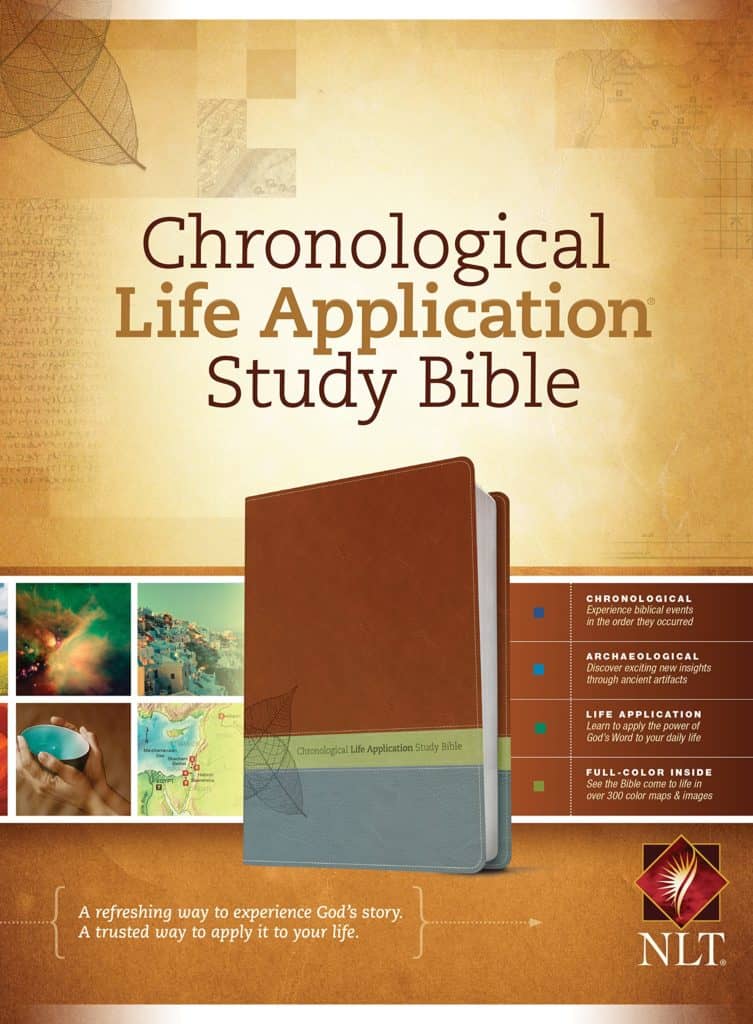
The Benefits of Reading the Bible In Chronological Order
Although for practical reasons, it may not be the best thing to make a chronological Bible you primary Bible as you go to church, Bible studies, etc., it certainly can help you as you delve into the scriptures for spiritual growth and encouragement. Here are some benefits of reading the Bible in chronological order.
It Can Help you simply see the Big Picture Unfold Very Clearly
The Bible contains the most majestic, powerful, and life-changing message ever conceived or told. Biblical history contains the message of kings and kingdoms, rich and poor, young and old, wars, and times of peace.
However, it all points to the glory of the Most High God and the redemption that was brought to us through the Lord Jesus Christ. It’s certainly a privilege to read the Bible in the sections that we normally do. But, also, it is so very helpful and enjoyable to read it in a chronological context where the narrative is woven together as one incredible story.
It Can Help You Understand More About the Character of God
Sometimes when we are reading some tough passages, we may not quite understand what God is up to without the proper context.
Unbelievers who criticize the Bible will frequently claim that Jesus was good, but the God of the Old Testament is some kind of violent ogre or madman. They say this because there is quite a bit of violence and some pretty rough stuff that happens in the Old Testament.
But, taken out of context, people can be confused about what God was doing, or why He let certain things happen. However, we need to see it in the larger context of the amazing story of God’s chosen nation, Israel. Then we can see why God had to allow the types of wars, violence, etc., that happened.
Maybe we will go into that at another time, but one of the huge reasons that much of the violence was allowed in the Old Testament was because God was protecting the Messianic bloodline through which the Savior of the world would come. Sometimes you can see it a bit more clearly when you are reading the Bible or doing your Bible study in chronological order.

It Can Fill in Gaps and Let Us See How the Stories Fit Together.
Even though it’s better than not reading the Bible at all, it’s not the best practice just to start reading the scriptures without knowing the context. There are tons of Bible reading plans that help you read through the Bible in a year, and they can be great. But, sometimes they can jump around so much that it could potentially make you confused about where you are in the larger biblical narrative.
It can be very refreshing to take time, even a few weeks or months, and begin reading the Bible in Chronological order. Day after day you will find yourself coming right back to where you left off in the story and proceed right to the next adventure in the word of God!
It Can Help Motivate You To Read God’s Word
We do know this – the Holy Spirit is the One who we want to motivate us to read and study God’s word. However, everyone loves a story, a narrative – an adventure. Chronological Bible reading or reading in the true chronological order of the Bible can be really enjoyable!
The majority of the time when we’re reading God’s word, it is still in the traditional format because it’s easier to find Bible passages that way and we’re used to that.
However, I have my chronological Bible nearby all of the time and it is so compelling and good to read. It can motivate you to read when you’re in a Bible-reading slump. Ever been there? Most of us have.
Our culture has a habit of overusing words until the meaning becomes minimized. One of those words in today’s society is the word, “epic.” If you want to use the word correctly, every big event in life is not “epic.”
Every exciting experience that we have doesn’t narrate the “deeds and adventures of heroic or legendary figures or the history of a nation.” (epic from Lexico.com)
We do, however, have the greatest EPIC in all of mankind contained in the word of God – the Biblical narrative that tells a story of the supernatural – a conquering of all of the powers of the evil one and giving power to the powerless, peace to the most restless, and great joy to those in utter despair.

Not Just One More Thing To Do…
You may have a copy of a chronological Bible. I encourage you to read it, or grab one if you don’t. But, don’t feel like it’s just “another Christian task” that you need to do.
You can read it in your devotional times. You can commit to a particular length of time to read chronologically. It could be a couple of weeks or months, or you may commit to reading an entire chronological Bible in a year.
Chronological Bible Choices
Reading the Bible in chronological order, especially with the Bibles that have additional study notes is very rewarding spiritually. I wrote a post a few months ago that talks more about Chronological Bibles. There are quite a few choices on that page. I will, however, put a couple of recommendations here.
For my personal choice, the best experience is combining the extra notes, insights, geographical info, etc., from the Life Application Bible with a chronological version. That’s why I have and really like the NLT Chronological Life Application Study Bible. It’s a double winner and makes Bible reading so very interesting.
- Hardcover Book
- English (Publication Language)
- 2220 Pages – 10/01/2012 (Publication Date) – Tyndale House Publishers (Publisher)
It also comes in the King James Version if you prefer the more traditional reading of the old English.
If you don’t want the Life Application extras, there are plenty of Chronological Bibles from which to choose.
Conclusion
To wrap it up, again, this is not a suggestion to make a chronological Bible your primary Bible that you take to church, Bible studies, or small groups.
However, if you don’t have one for your spiritual journey, I would encourage you to give it a try. It’s eye-opening when you pursue the biblical narrative in chronological order.
It’s simply another way to put the word of God into your heart and mind.
If you are just beginning to read the word of God, check out this article.

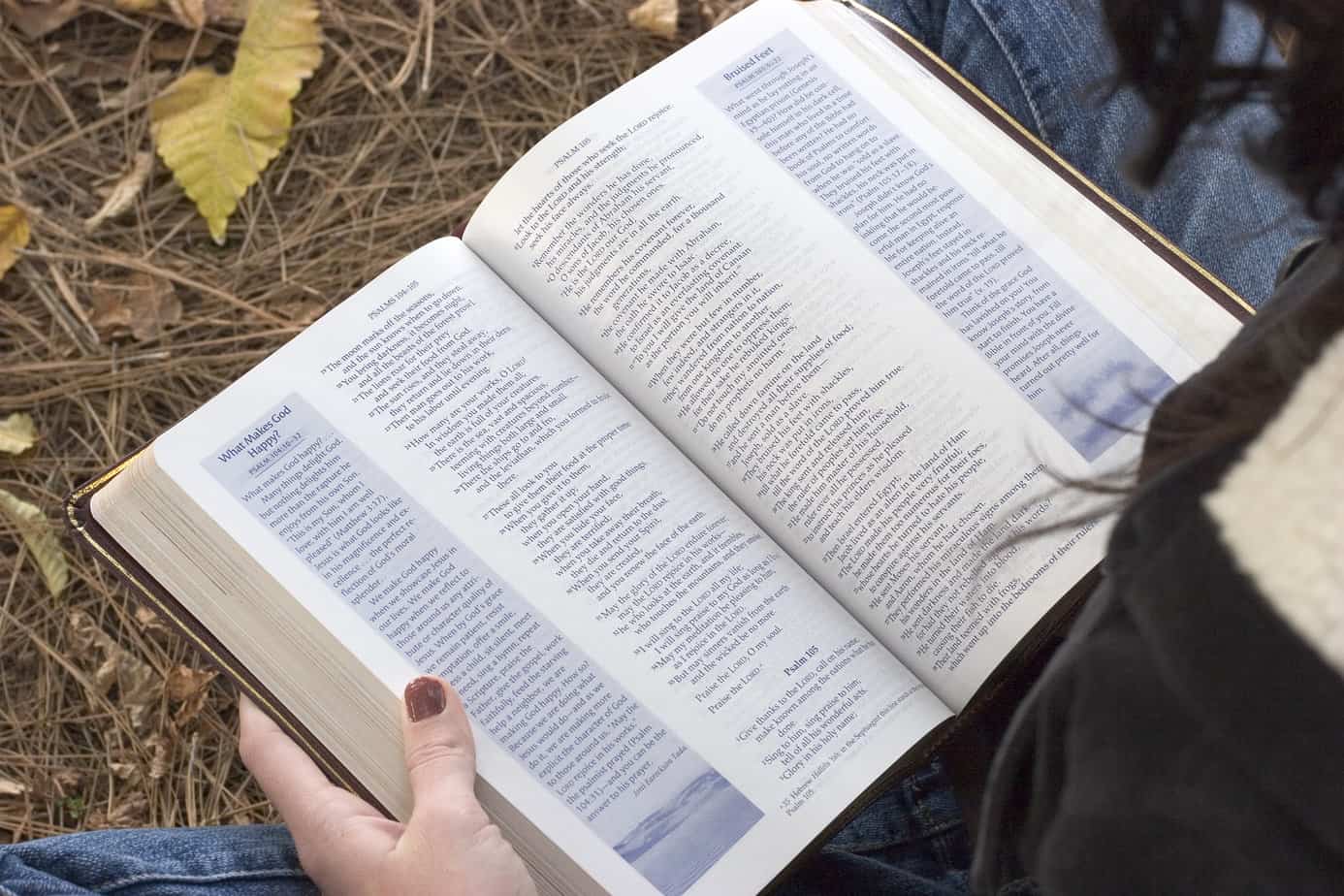


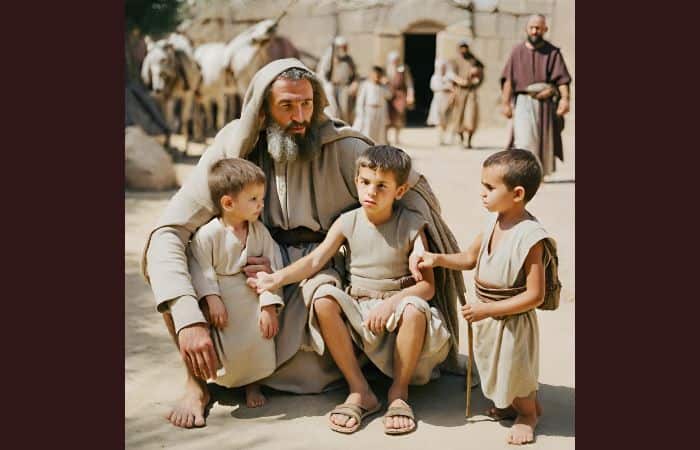
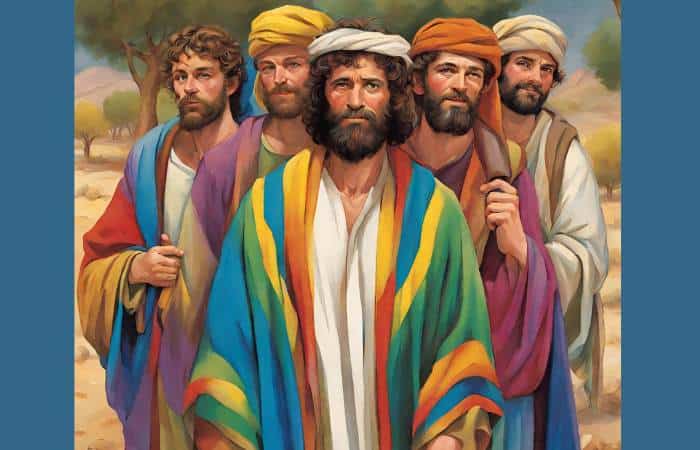
Leave a Reply